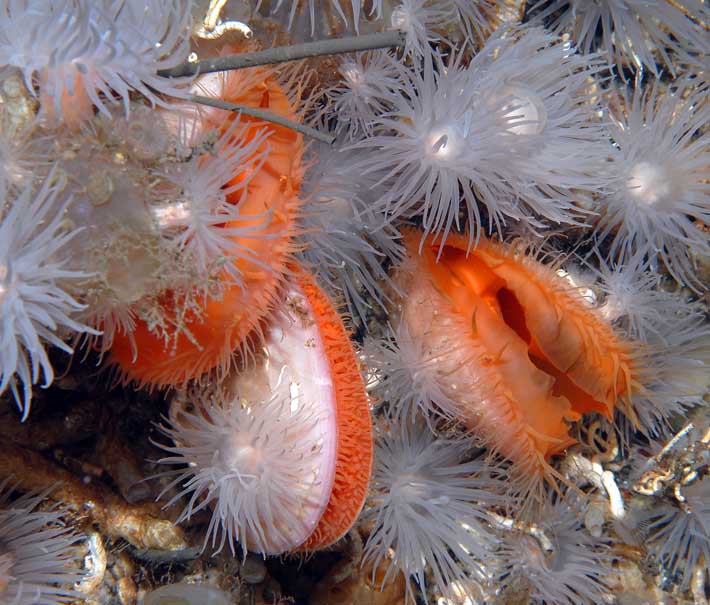
Trawling restrictions are not only benefitting fish and shellfish but are helping anemones and corals to bounce back in abundance, too – a new study from the University of Gothenburg has found, making claims that are backed up by 26 years’ of underwater videos.
Made possible with thanks to a large treasure of underwater videos taken at a rock wall in Koster Sea off Sweden, researchers have been able to monitor and measure changes to marine wildlife across Kosterhavet National Park over the last quarter of a century.
Among the changes observed is that several species of mussels, anemones, and soft corals have recovered “significantly” since the introduction of bottom-trawl fishing restrictions within the last 25 years. Spared the process of being churned up with the seabed as trawlers drag their nets across the habitat, these critical water-filters have been able to not only recover, but thrive.
At the same time, however, the study shows that large and heat-sensitive species are declining at shallow depths in the Koster Fjord or are simply disappearing entirely from the area. Among the more dramatic declines has been in the number of football sponge, Geodia barretti while the excavated fileclam Acesta excavata has also declined steadily.
Both species are important to the Koster Sea ecosystem as they build habitats for many other organisms.
The rock wall in Koster Sea has been filmed with an underwater robot during numerous study visits, teaching sessions, and projects at Sweden’s Tjarno Marine Laboratory from as long ago as 1997. The footage from each session has been stored all that time on hard drives.
“We are lucky that the underwater photographers at the Tjarno Marine Laboratory chose to keep this data until now, when we can use machines to go through it,” said Matthias Obst, a researcher at the laboratory.
